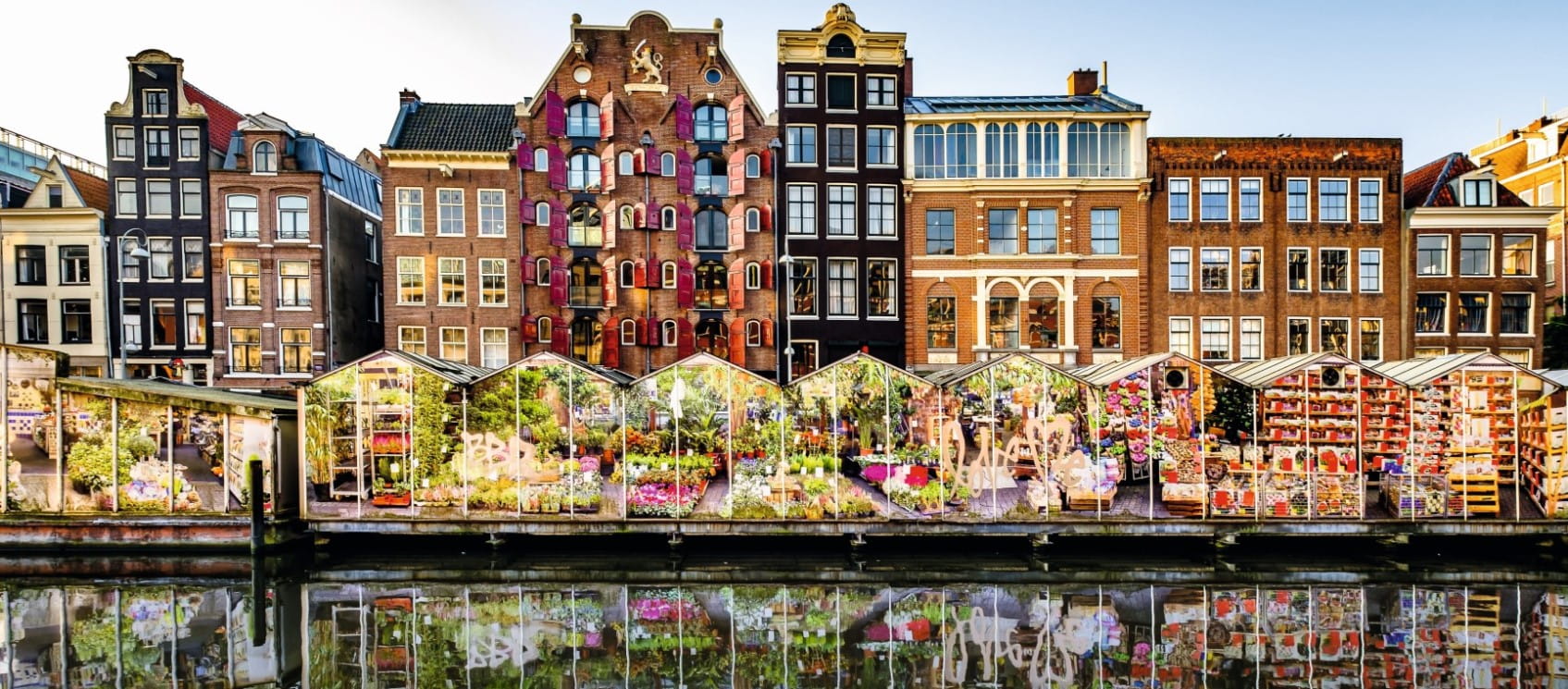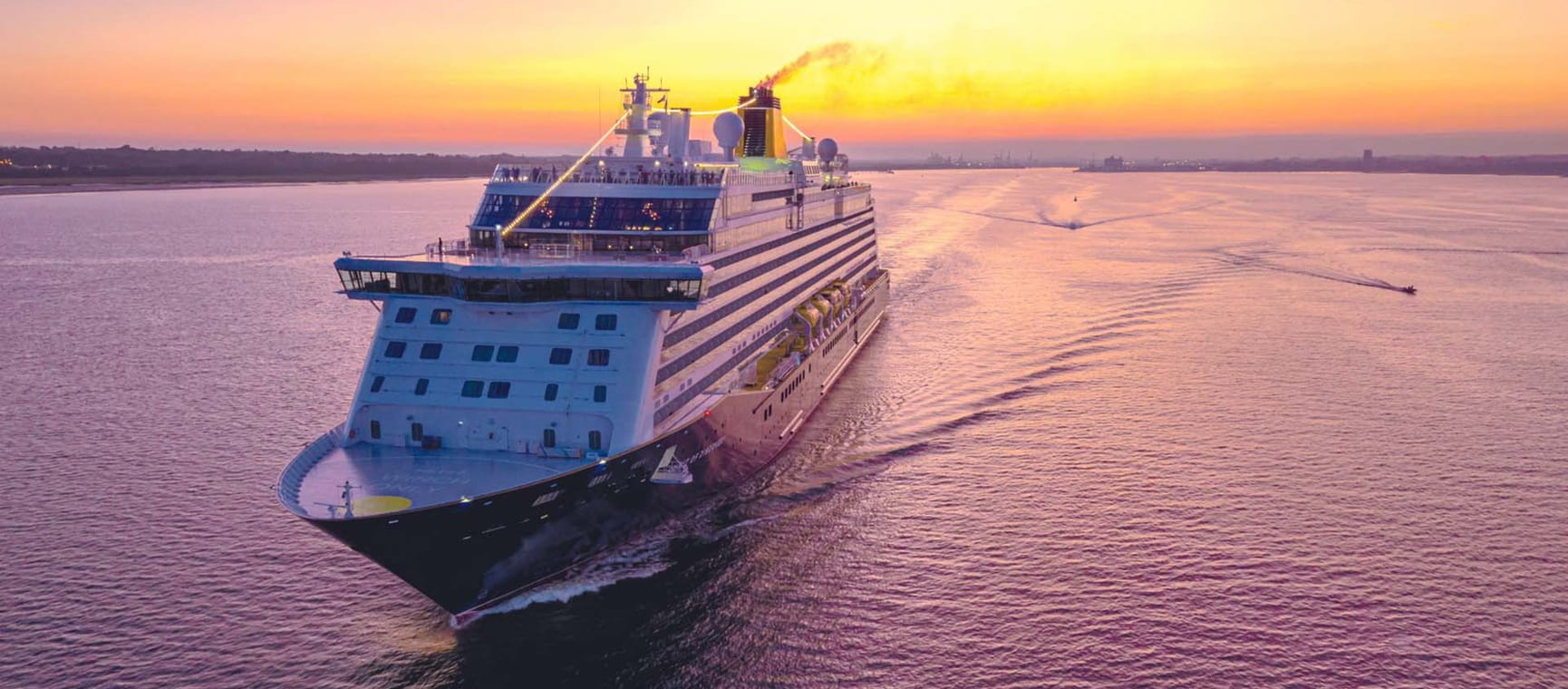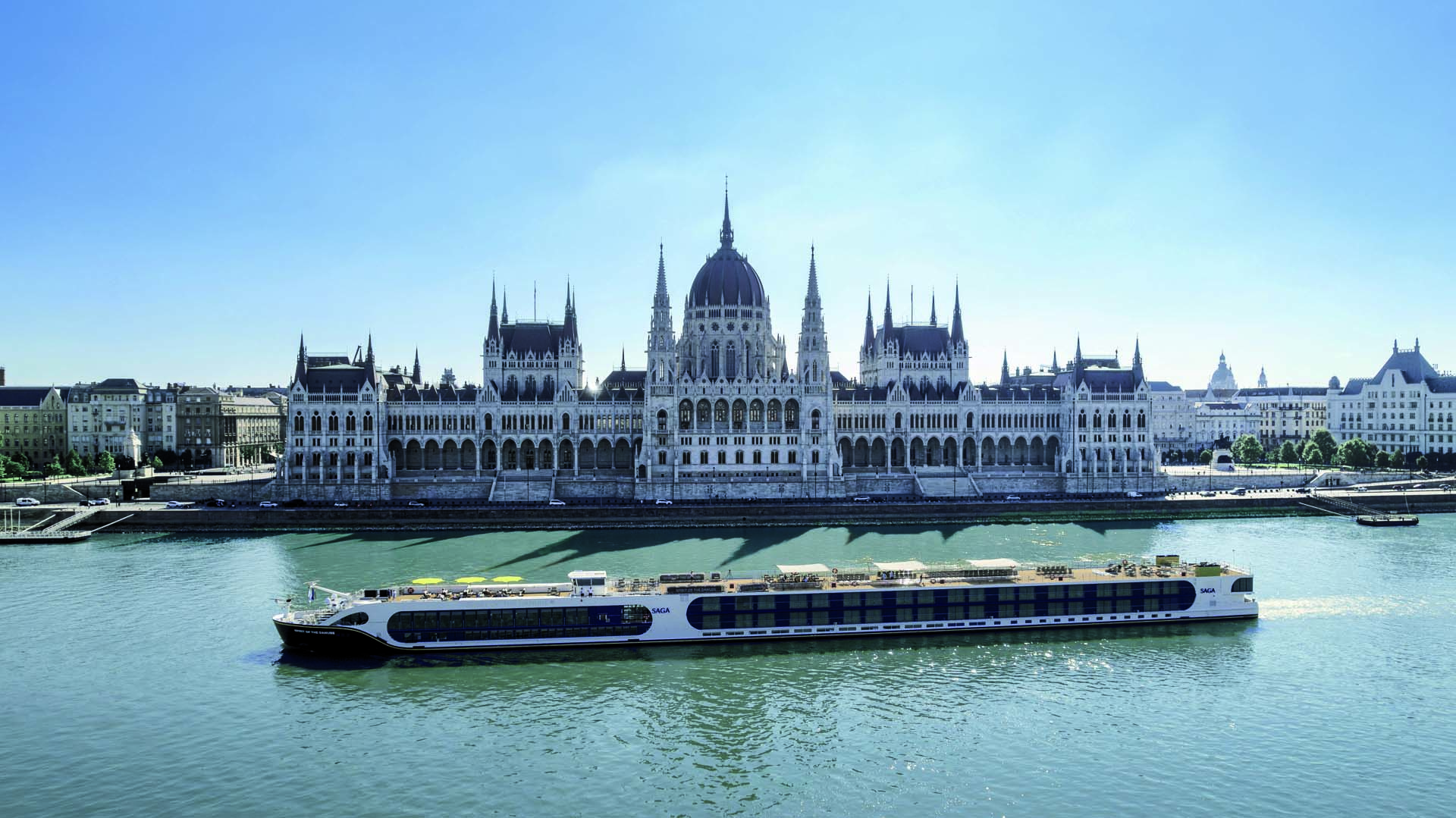Seabirds and scenery on the Isles of Scilly
Boasting diverse wildlife, azure bays and sub-tropical plants, the Scilly Isles are great for a getaway.

Boasting diverse wildlife, azure bays and sub-tropical plants, the Scilly Isles are great for a getaway.

On an empty beach a small bird dashes back and forth, whistling plaintively. “That’s one perturbed ringed plover,” says Jaclyn Pearson, conservation manager for the Scilly Wildlife Trust (SWT). “I wonder where the chicks are.”
Barely has she spoken when a tiny ball of fluff appears, scurrying on clockwork legs across the sand towards its parent. “Phew!” she breathes. “Only one, but that’s a start.”
We’re standing beside a bramble-tangled footpath overlooking Pelistry Bay on St Mary’s, the largest of the Scilly Isles. Jaclyn has been telling me how visitors to this glorious holiday destination, 28 miles off the Cornish coast, can now combine their R&R with doing their bit for nature conservation.
The ringed plover is in steep decline, she says, with recent surveys showing just 24 breeding pairs across the entire archipelago, plus a 27% decline in breeding numbers of its larger relative, the oystercatcher. So this tiny youngster is good news – not least because its whereabouts was reported by a tourist. It is proof that Jaclyn’s project, Save Our Shorebirds, is bearing fruit.
The main problem faced by these beachnesting birds is disturbance from beachgoers and their dogs, but happily these tourists also offer a solution. With just nine staff (the UK’s smallest Wildlife Trust), Jaclyn’s team can’t be patrolling all the islands all the time7
Instead, Save Our Shorebirds invites the public to report sightings via a simple website. Once the team finds out where the birds are they can take action to protect them – putting up warning signs and, if necessary, cordoning off an area of beach.

“Whatever I do, I always put people at the forefront – we have this open-door approach that wildlife is for everyone,” says Jaclyn, who has set up a working group to help reduce beach disturbance without discouraging tourists.
As if on cue, a group of holidaymakers arrives on the path. “Anybody want to see a ringed plover chick?” says Jaclyn, offering up her telescope. Parents and children crowd round for a view while she explains the project. One boy who clutches his own spotter’s guide is thrilled to share the sighting.
We discuss Jaclyn’s other work over baked potatoes at the nearby Carn Vean café. Poisonbait stations are now helping clear rats from outlying islands so threatened burrow-nesting seabirds, such as manx shearwaters, can breed in safety.
Again, the public can do their bit: a ‘rat on a rat’ campaign on St Agnes urges visitors to report any unwanted rodent sightings.
And new projects are afoot: next year Jaclyn’s team will be leading guided nature walks.
“We know there’s a real need for it,” she says. Her energy is inspiring, and the shrill piping of oystercatchers from the beach below feels like a ringing endorsement.

Of course, most visitors to the Scilly Isles come for a holiday, not to learn about conservation management. I arrived from Penzance on the Scillonian ferry, with dolphins leaping from the swell as Land’s End receded in our wake.
Now, from my garden suite at the historic Star Castle Hotel, built within the ramparts of a 16th-century hilltop fortification, I can see the archipelago laid out along the horizon and a flotilla of boats in the harbour. It’s an invitation to explore.
Conveniently, the hotel has its own boatman, Rafe Ward, who helps guests plan their excursions. On day two, I cruise to the small eastern islands on the Calypso II. With grey seals lounging on the rocks, Rafe relates some of his recent sightings, from schools of bluefin tuna to a breaching humpback whale – and even a glimpse of the Prince and Princess of Wales picnicking with their children on a deserted sand bar.
“We left them to it,” he tells me discreetly.
On Tresco, second largest of the Scilly isles, I visit the historic Abbey Garden, finding red squirrels scampering through the semi-tropical flora. The floral exuberance spills out across the island, with palms among the pines and the airstrip bedecked with sky-blue agapanthus.
At low tide, I join a small procession paddling over to neighbouring Bryher Island. Midway, I spy the distinctive SWT oystercatcher banner planted in the sand and two of Jaclyn’s enterprising colleagues conducting a rock-pooling session with a small crowd of excited children.

History also beckons. On St Mary’s, I visit the impressive Iron Age site of Halangy Down, with its 3,000-year-old burial chambers, and tramp the Star Castle’s Garrison, where Elizabethan cannons still appear to be warding off all-comers. The grave of Harold Wilson, nestled unobtrusively into St Mary’s churchyard above the Old Town, is an unexpected find.
The more I explore, the more I keep bumping into the same people – and even the same dogs. The Scilly Isles is not a big place.
My final destination is St Agnes, where I wander the coast path south, passing postcard-perfect headlands and bays. At Horse Point, the southernmost tip of the British Isles, I’m gazing out over the Atlantic when suddenly a peregrine falcon zooms overhead. It provokes two oystercatchers that fly up in shrill, piping fury. A breeding pair? I must tell Jaclyn.
No, wait, the website. I can do my bit. I reach for my phone.
A one-way trip on the Scillonian ferry from Penzance to St Mary’s takes two hours and 45 minutes and costs from £74.99.
A one-way Skybus flight from Land’s End to St Mary’s takes 20 minutes and costs from £136.50.
The Star Castle Hotel costs from £228 per night B&B (£325 half board), based on two sharing. Trips from the hotel on the Calypso II cost from £33.
Other inter-island ferry services cost from £13.50. Visit St Mary's Boatmen's Association for more information.

For a limited time, enjoy 3 issues of Saga Magazine for just £1. Receive the next 3 print editions delivered direct to your door, plus 3 months’ unlimited access to the Saga Magazine app—perfect for reading on the go.
Don’t miss your chance to experience award-winning content at an exceptional price.

Ancient palaces, crystal-clear seas and undiscovered budget beaches – our travel experts share the best travel destinations for 2026.


Our guide to the most remarkable places to visit in Africa, the continent of contrasts.
.jpg?la=en&h=760&w=1730&hash=3900F1F9D5EBD1961A7DFC7B29B5BA1A)
Holidays can boost your brain power, help you live longer and even relieve pain - the surprising and proven health benefits of holidays.






Autumn on Europe’s rivers is always spectacular. We’ve got the best cruises to try in 2025.


We help you beat the airlines at their own game with the cabin bag weight and size limits for the UK's seven most popular carriers.